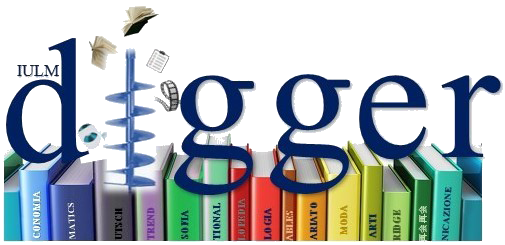Computer-mediated communication, especially in its latest developments (Web 2.0, Augmented Reality systems, tagging-based standards) seems to call for a radical rethinking of the basic tenets of linguistics. The Gricean maxims of quantity, quality, relevance and non-ambiguity have deeply been shaken by these forms of verbal and visual exchange. The boundary between the world and the web has increasingly become a thin and permeable membrane: the real and the virtual environments have mixed so inextricably that it is no longer possible to discuss them in terms of mutually-exclusive dimensions. In our deeply-layered and mixed world fundamental issues like semantic continuity, indexicality and figurative language need to be re-defined. After a general overview on how linguistic assumptions – with particular regard to pragmatics - have been transformed by the existence of hybrid ecosystems, the book also focuses on the phenomenon known as “tagging”, which has once and for ever established a constant isomorphism between the net and the planet. Tagclouds are the most significant example of how texts can embody Grice’s maxims from this new perspective.
Augmented Linguistics. Language and Communication in the Age of Augmented Reality, 2012-11.
Augmented Linguistics. Language and Communication in the Age of Augmented Reality
Logaldo, Mara
2012-11-01
Abstract
Computer-mediated communication, especially in its latest developments (Web 2.0, Augmented Reality systems, tagging-based standards) seems to call for a radical rethinking of the basic tenets of linguistics. The Gricean maxims of quantity, quality, relevance and non-ambiguity have deeply been shaken by these forms of verbal and visual exchange. The boundary between the world and the web has increasingly become a thin and permeable membrane: the real and the virtual environments have mixed so inextricably that it is no longer possible to discuss them in terms of mutually-exclusive dimensions. In our deeply-layered and mixed world fundamental issues like semantic continuity, indexicality and figurative language need to be re-defined. After a general overview on how linguistic assumptions – with particular regard to pragmatics - have been transformed by the existence of hybrid ecosystems, the book also focuses on the phenomenon known as “tagging”, which has once and for ever established a constant isomorphism between the net and the planet. Tagclouds are the most significant example of how texts can embody Grice’s maxims from this new perspective.I documenti in IRIS sono protetti da copyright e tutti i diritti sono riservati, salvo diversa indicazione.



